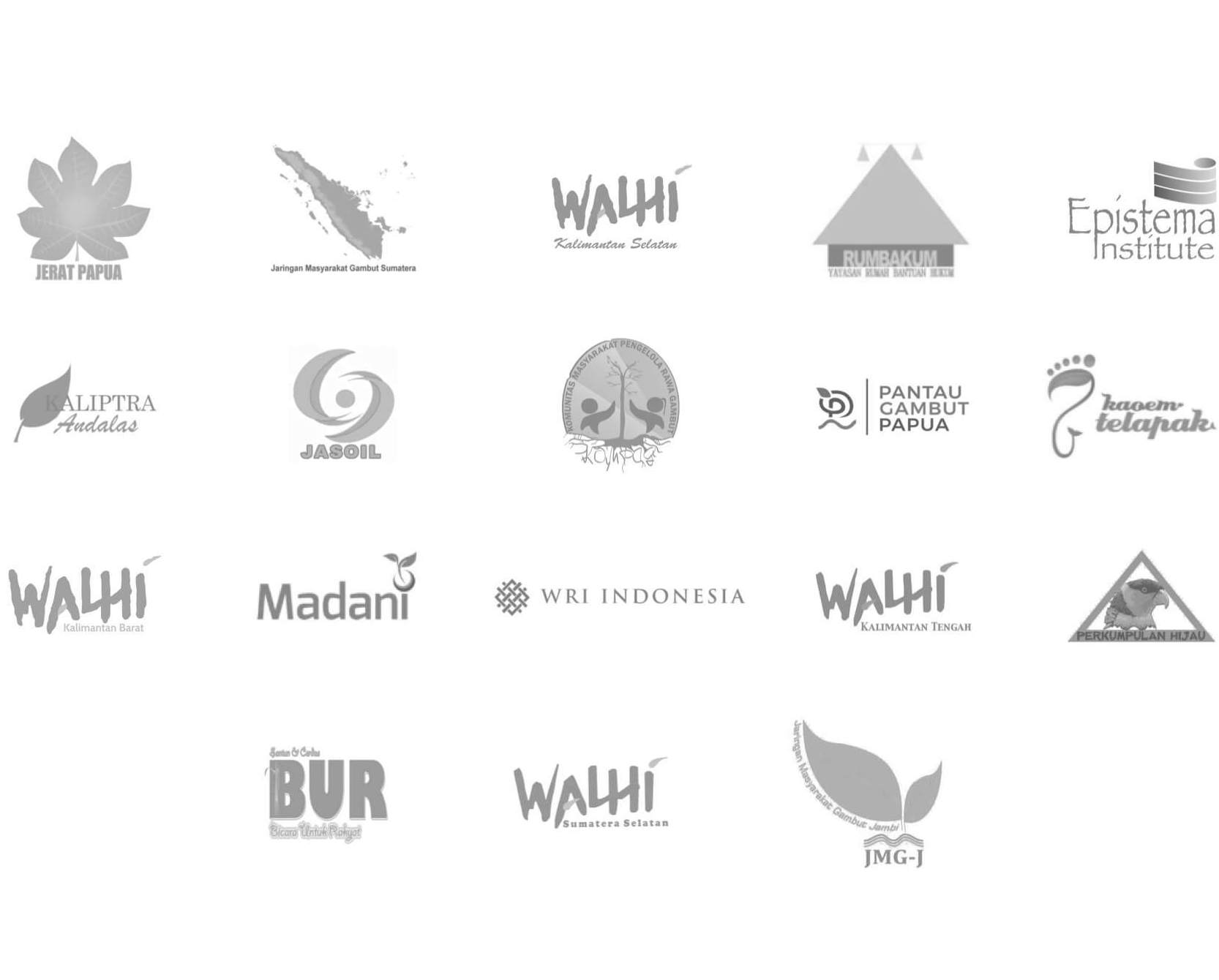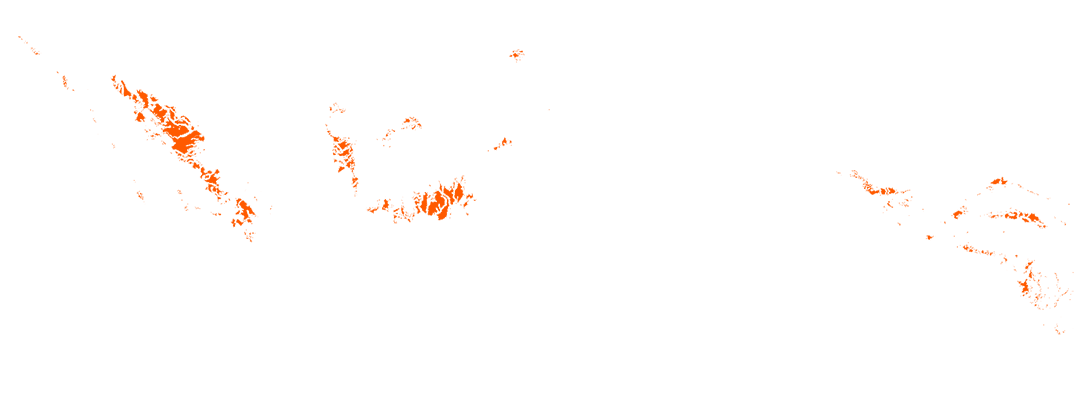Ayo Pantau Gambut
Ayo Pantau Gambut means "let's keep track of the peatlands!" This is a microsite of pantaugambut.id, an initiative in which more than 20 local NGOs take part in monitoring the government's pledge to restore peatlands.
Each year, large swathes of Indonesia's forests are on fire. In 2015, the fires caused more than 500,000 people to suffer from acute respiratory illnesses. Some of them died. Read personal accounts of Mentangai Hulu Village residents who were affected by the forest and peatland fires in 2015.



